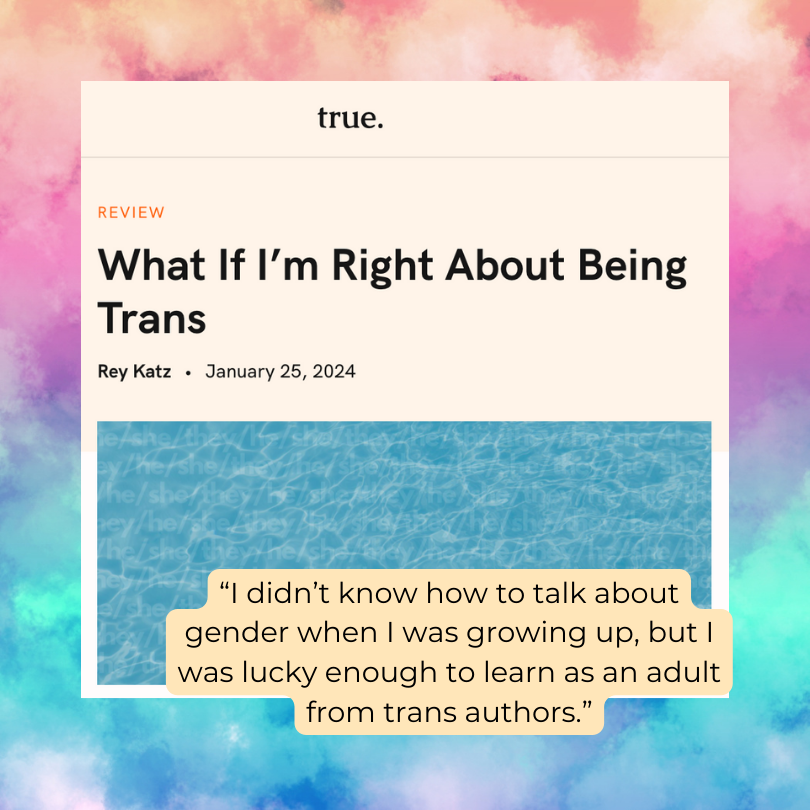Last week, we talked about women’s spaces. Women’s self-defense classes are one of the best examples of a gendered space providing support, protection, and healing which otherwise wouldn’t happen in a mixed-gender space.
Content note: I will mention rape in this article, without scenes or specific details.

When I was fifteen, I took a several-week women’s self-defense course. I was a brown belt in karate at that time, so I had learned how to block, punch, kick, and fight back for years in class. But it was a kids and teens karate class. We never talked about sexual assault. We didn’t talk about partner violence or abusive family members. But in the women’s self defense class, that’s how the instructor started the discussion.
“One in five women reports being raped in her lifetime.”
The instructor shared that she had been raped when she was younger, and the attack changed her, fueled her determination to become the excellent martial artist she was now.
One of the students shared that she had just put her father in jail.
This conversation absolutely would not have happened if a man was in the room. I respect holding space for survivors to share incidents of gender-based violence, to the point where I would rather not be included because of my gender identity, rather than try to make the space more inclusive and less safe for women who need this opportunity to express themselves.
Melissa Febos, author of four books, wrote in her writing craft book Body Work, about how telling one’s own traumatic story is part of the healing process. From an aikido perspective, thinking through potential attacks with a positive mind, without dissociating or causing trauma is part of the self-defense process.
In the self-defense class, we did kick and punch foam blocks, practice yelling “no,” and all that physical stuff. But I did a lot of that in karate. What I remember most are the discussions.
The instructor talked about how a healthy relationship should have some give and take from both sides. “You’re not each going to be giving 50% all of the time. Sometimes it’s 90% and 10%, for a little while, while one of you is struggling. But it should swing back the other way and balance out eventually.”
We heard both the warnings and the promise of what a good relationship could be. A lot of violent attacks are from partners or family members. We weren’t learning to defend ourselves against a stranger in a back alley. Our instructor was planting the seed for us to set healthy boundaries in our relationships with the people we knew intimately.
Do you remember that creepy story of a man calling the babysitter and asking where the kids are? The police trace the call. The call is coming from inside the house…
Could it be a metaphor for watching your back even with people who you know?

A self-defense class doesn’t have to be women-only. I’ve taken an all-gender intro krav maga class which was essentially a self-defense session: how to break out of wrist grabs, etc. Training in aikido is an all-gender self-defense practice.
LGBTQ+ people are at a higher risk of being attacked. Lesbian or gay people had over twice the rate of violent victimization compared to straight people, according to a 2022 US Department of Justice study. The same study showed trans people had 2.5 times the rate of violent victimization compared to cis people. So, it’s important for us to provide opportunities for LGBTQ+ people to learn self-defense.
In addition to women’s self-defense classes, I think our community would benefit from LGBTQ+ self-defense classes. Or, self-defense for anyone who’s experienced gender-based violence. This could include women, trans people, gender nonconforming men, and people in queer relationships.
Aikido is currently my all-gender, LGBTQ+ self-defense practice. It’s inclusive—”aikido is for everyone”—but perhaps some members of our community would feel safer if specifically invited to a space tailored for trans people, or for women, or for non-binary people. Maybe someday we’ll make that happen.

My personal essay and book review of Schuyler Bailar’s book He/She/They: How We Talk About Gender and Why It Matters was published in True Magazine on Friday. I’m delighted to tell my story of growing up as a nonbinary kid in this piece. Please check it out!


Thanks so much for reading! Let me know what you think in the comments.

Do you need digital marketing assistance? I can help with graphics, websites, search, newsletters, videos, and more. Learn more and book a free discovery call at weshineconsulting.com!
Check out my videos! YouTube • TikTok • Instagram • Facebook
Take care,
Rey
Amplify Respect: Non-Binary Community is a reader-supported publication. To receive new posts and support my work, consider becoming a free or paid subscriber.


